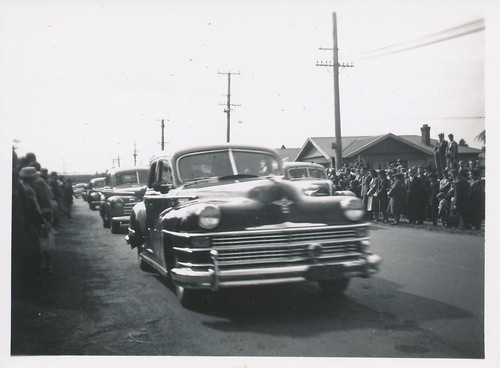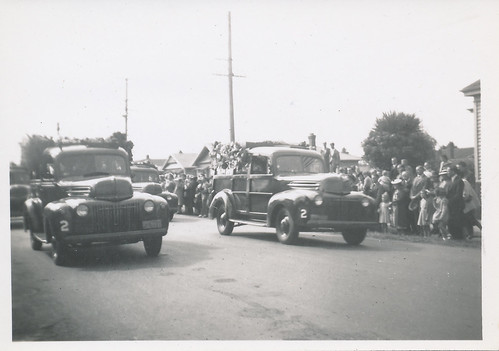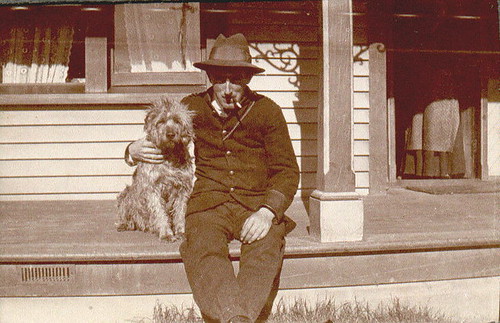This weeks
Sepia Saturday is a tricky one. I don't have any photos of a camera. The camera is always invisible on the other side, in my family photos. I also don't have any photos of Corky the Cat and actually have no idea who Corky is! However, I do have some very old beach photos such as this one below which I think was taken by my very own amatuer beach photographer, my great grandfather!

My photo for the week shows a picnic on a beach. I think it is a beach near Christchurch, New Zealand, possibly Redcliffs,
although nothing was written on the back of it, like most of my family photos! I love it because the
man in the middle is handing the photographer what appears to be a
biscuit (or cookie to those of you who are reading from America). They
are looking so relaxed and dressed up for their picnic, having a lovely time together. It is from a
bygone era that will never return. Our family don't know anyone in the picture and we are pretty sure they are not related to us. It is a relaxed and happy photo.
I have recently entered many of my photos into a photo hunt competition. Christchurch, where I have lived my whole life, has gone through many earthquakes in the past few years and the Christchurch Library is collecting photos of old Christchurch to preserve online. I contributed 46 old photos including the beach scene above which I'm sure was taken by my Great Grandad Arthur Cyril Pearce.
For those of you who don't know my city, let me explain what happened in Christchurch.
Christchurch has been described by some as the most English city outside of England with beautiful heritage buildings and gardens. It is often called "The Garden City." On 4 September 2010 we had a massive 7.1 earthquake which was centred about 40 kms from Christchurch at a place called Greendale. Not much is at Greendale except sheep, but the shake was enough to really rattle the city in the early morning at 4.35am. The earthquake just didn't seem to stop. It was about 30 seconds long, but felt like an eternity as I ran down the hallway and ripped my children out of bed. I really thought that the house was going to fall down on us and we were going to die. The house stayed up and was virtually undamaged, but we sat in bed in the cold and dark (the power went out) of the night hearing the rumbles of aftershocks coming towards us like freight trains going through the house. Literally through the house. I was shaking with shock. You can try and explain a large earthquake to those who have never been through one, but they just will never understand what it is like!
The centre of our city was damaged extensively by this earthquake with many old buildings toppling but we couldn't get over the amount that had survived. Plus noone died in the earthquake. Yippee!
However there was a second large earthquake which was labelled as an aftershock. It happened on 22 February 2011, but this one was a different story. It happened in the middle of the working day at 12.50pm and even though it was smaller (a magnitude 6.3) it did more damage as it was so close to the city and had extremely large accelerations which made the earth bump up and down as well as sideways. I was at home. I knew my sister was going to lunch at 1pm and that she would be on the 19th floor of a large office building, the Price Waterhouse Building. I burst into tears and my four year old daughter was rubbing me on the back and saying "it's all right Mummy." Luckily my sister was ok, but tragically 185 people died that day.
I turned on the TV soon after the massive shake and a line of text ran across the bottom of the screen. "Breaking News. Large Earthquake Hits Christchurch." Then a few minutes later a TV cameraman pointed his camera at the Christchurch Cathedral, an icon of our city, and the image showed that the top of it had come off. My heart lept out of my chest. I knew at that moment, without being told, that many people had died that day.
The aftershocks continued for many months. They would always come at the worst moments such as on 23 December 2011 when another massive aftershock hit and closed down all the malls and stopped Christmas shopping in its tracks. My family couldn't be bothered with Christmas day that year and illness hit the family, probably from the stress we had been facing.
Our central city has now had a large percentage of its buildings demolished and many of the very old ones have gone. The aftershocks are getting less and the rebuilding is slowly starting. Nature however continues on. The daffodils still bloom every year and the trees still change colour in autumn. We have so much to appreciate!
If the above photo is indeed at Redcliffs or Sumner, then great chunks of the
cliffs have now come down and shipping containers keep the road safe
below. Houses hang precariously on the edge, their owners long gone.
Click here for a blog that shows the earthquake damage at Redcliffs, Christchurch.
The loss of heritage is why the local libraries are looking for old photos! They don't just want old building photos however. They want people shots as well which is the category that my photo fits into. A lesson we have all learnt in Christchurch is that buildings and possessions really don't mean as much as human life. And of course nature continues on. This photo shows how we should all try to feel on a daily basis, relaxed and happy on a summer picnic at the beach, surrounded by our family and friends, as we never know what is just around the corner!
If anyone is interested in seeing other photos entered in the photo hunt please
click here.






